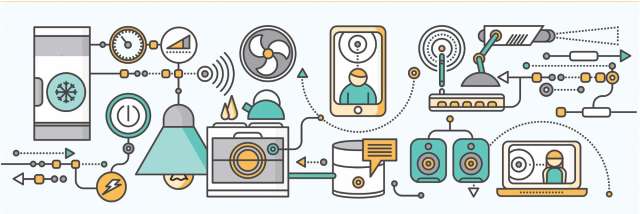Prior to the budget, CEAMA President Manish Sharma said, “Streamlined to government’s Make-in-India vision, the industry expects (the government) to increase the BCD (basic customs duty) on GST ACE (appliances and consumer electronics) goods from 10 per cent to 20 per cent to discourage imports of these goods”.
Despite suffering a setback on account of demonetization, the consumer electronics and appliances industry is optimistic and says that the industry, “is presently in the right momentum and is expected to grow at CAGR 9.5 per cent from 2015 till 2021”.
However, when expectations are riding high in every sector, shadows of disappointments is likely to make appearances.
“It is not consistent with respect to the request of Rs 1.26 crore investment proposal. The M-SIPS application date will end in 2018. If we calculate on the basis of 25 per cent subsidy on capital expenditure then, as per our observation, projects worth Rs 3,000 crore can be implemented in 2017-18”, Rajoo Goel, Secretary General, Electronic Industries Association of India, reacted.
With the focus on strictly creating an indigenous infrastructure for domestic component production, the government has increased 2% special additional duty (SAD) on the import of printed circuit boards (PCB’s) terming the move as an attempt to ‘provide adequate protection to domestic industry’.
Although, this will lead to increase in prices of low-cost mobile phones in around same proportion, but in long run, the domestic PCB industry will start to evolve as requirements are to swell up in coming times, with a good number of manufacturing plants already here in India.
The same effect was initiated in the last budget of 2016-17, however, with the industry still at a nascent stage and underprepared for manufacturing indigenous components, it was called off.
However, extending in differential duty on the mic, receivers, metals and plastics, keypad and USB cables has been avoided as demanded by handset manufacturers proposed under phase manufacturing programme-2.


